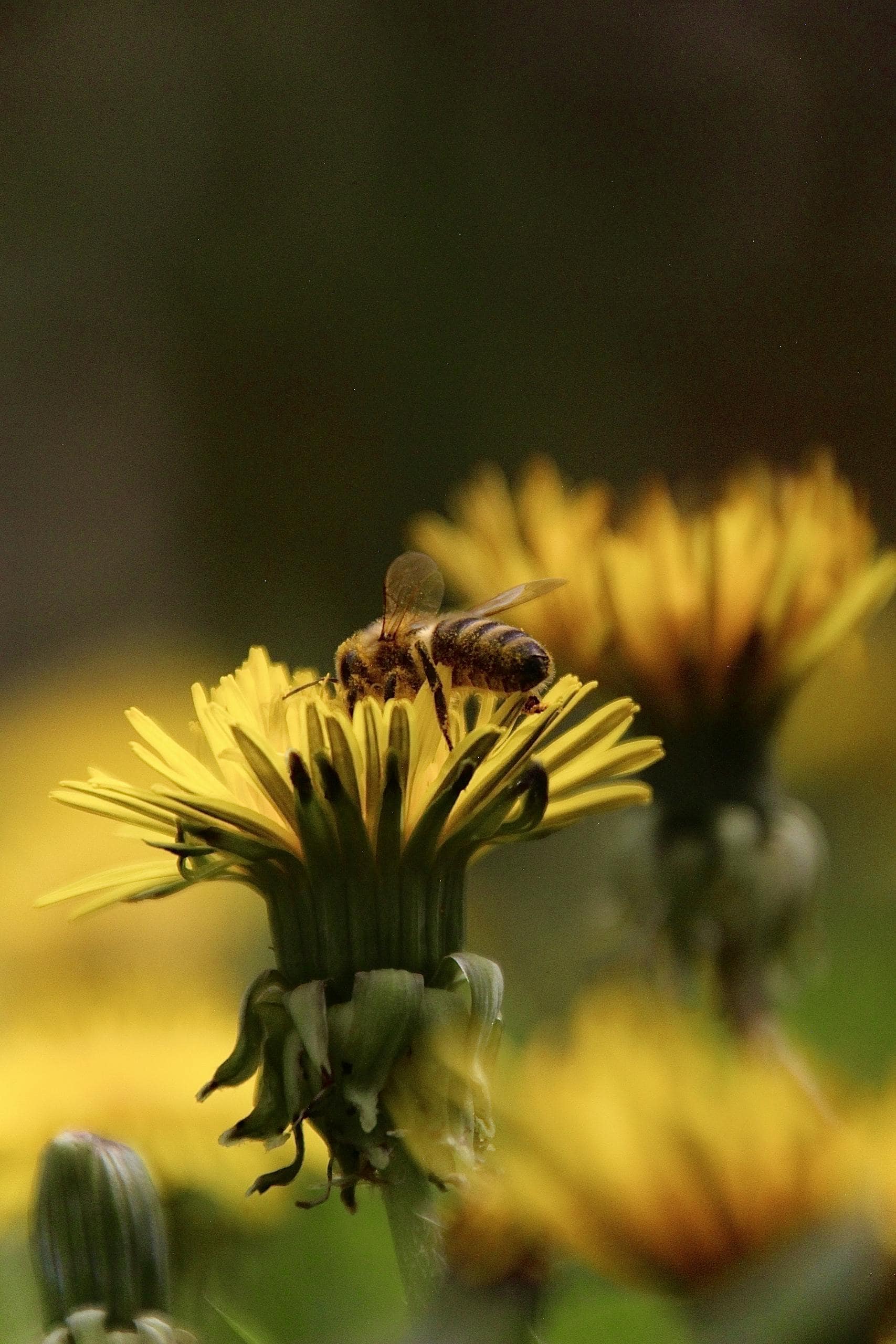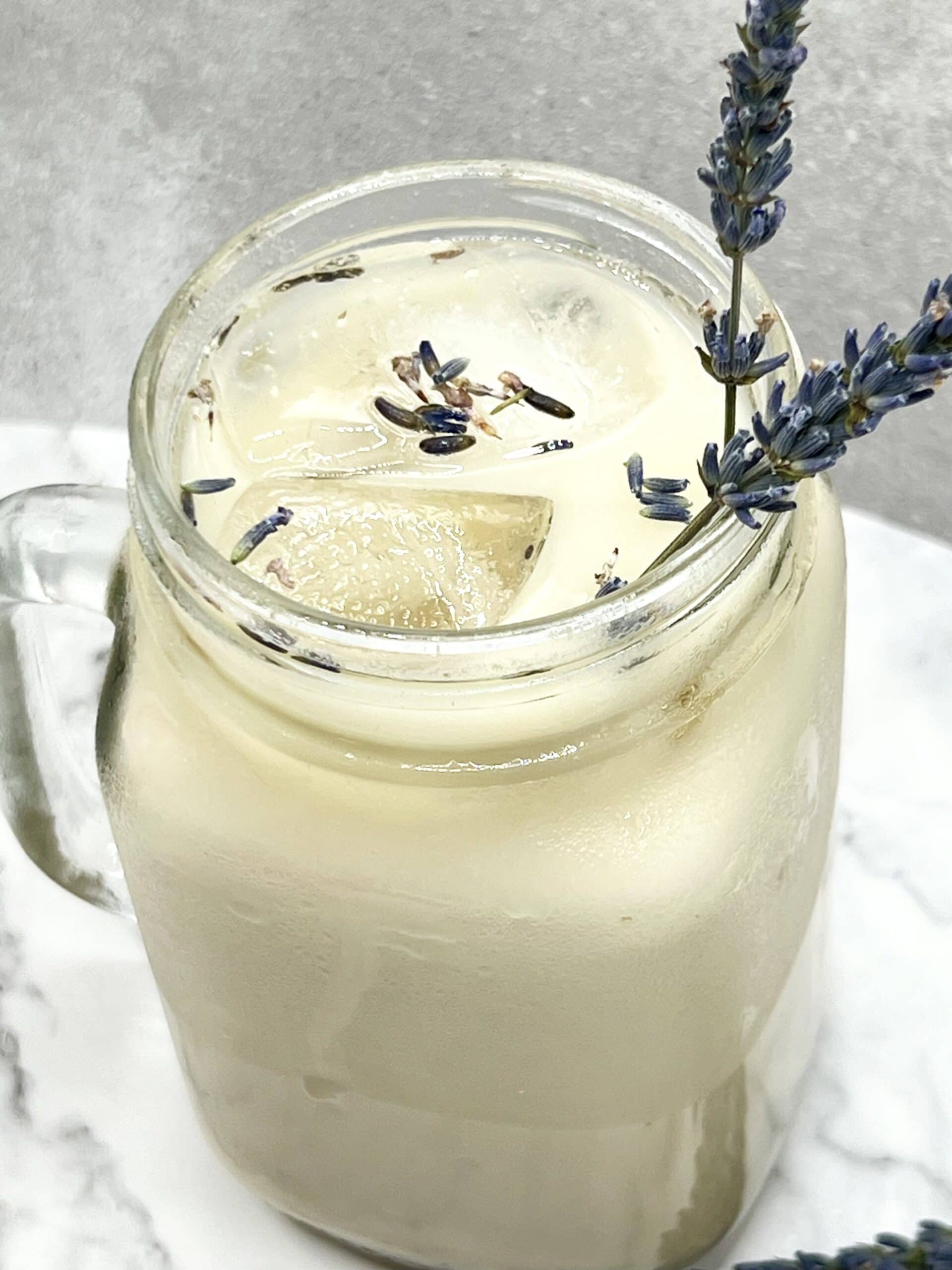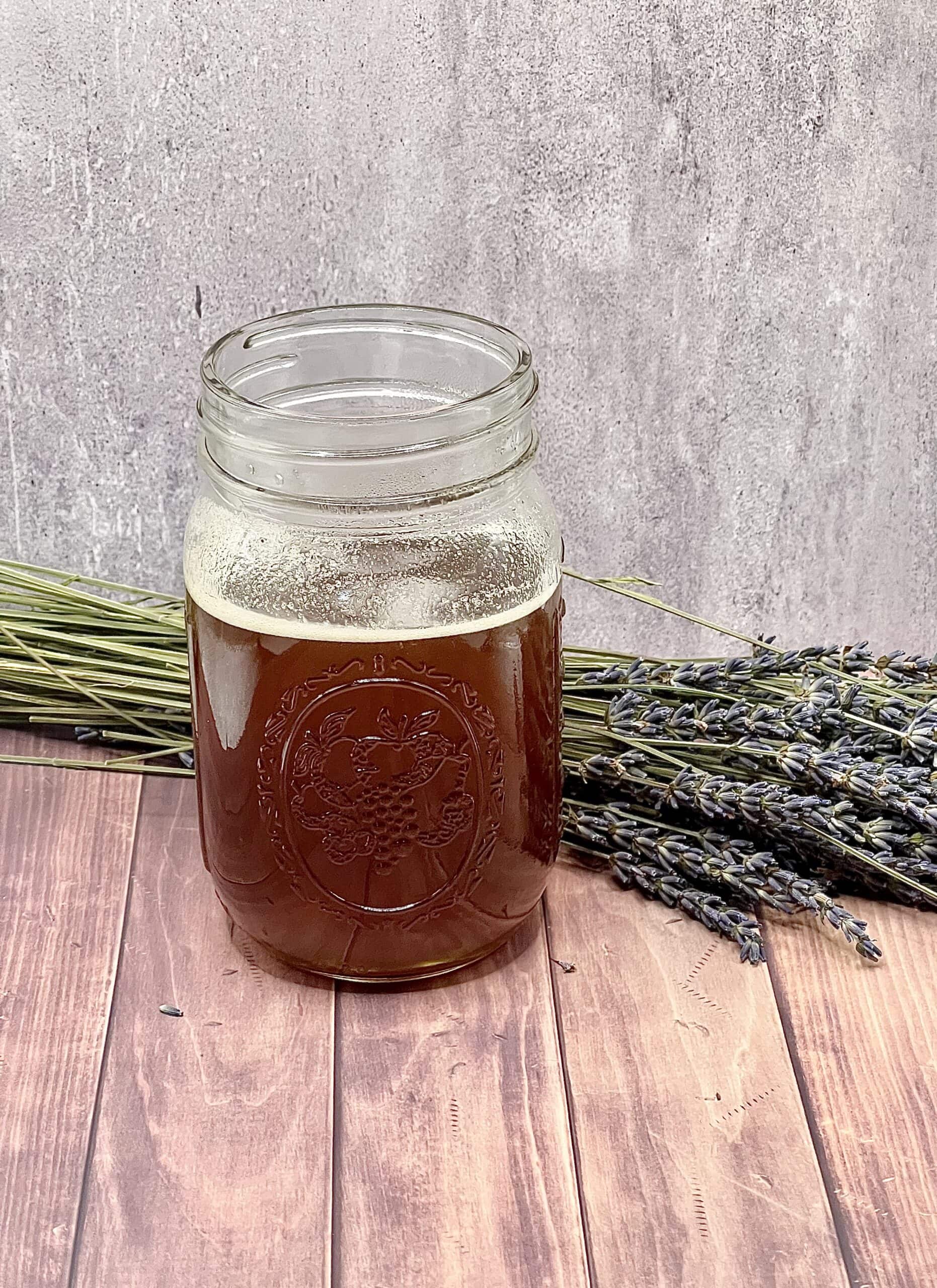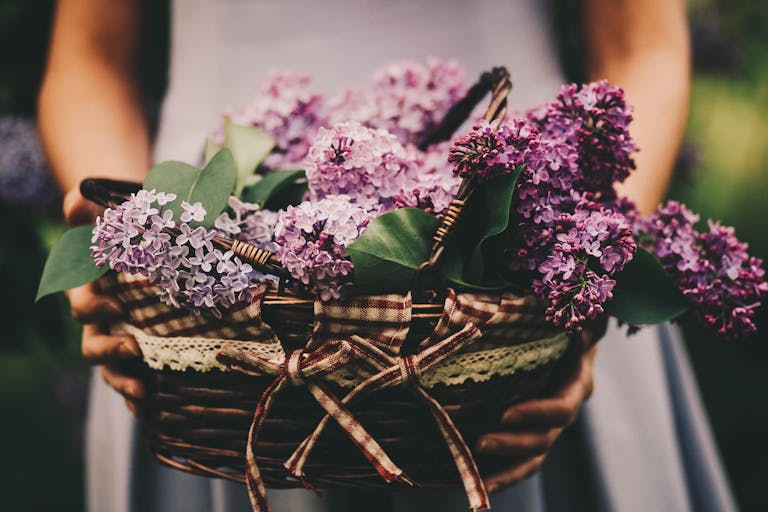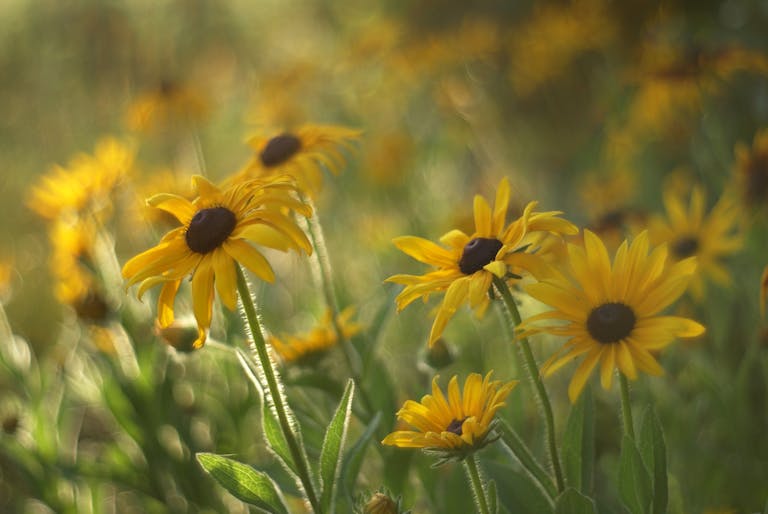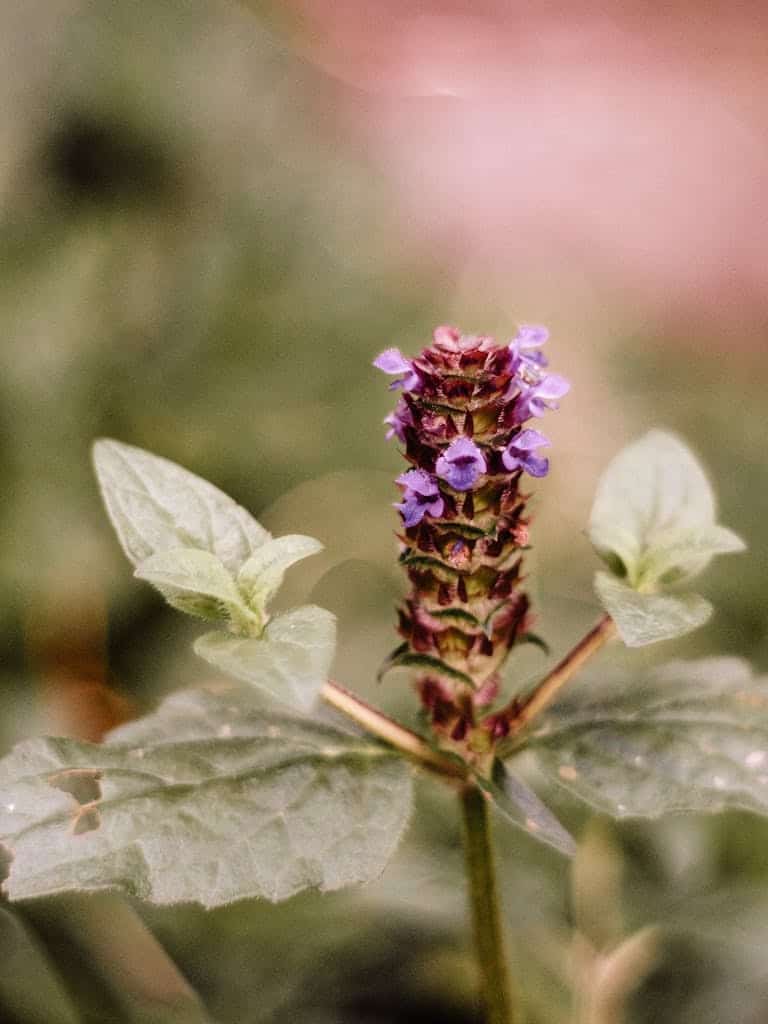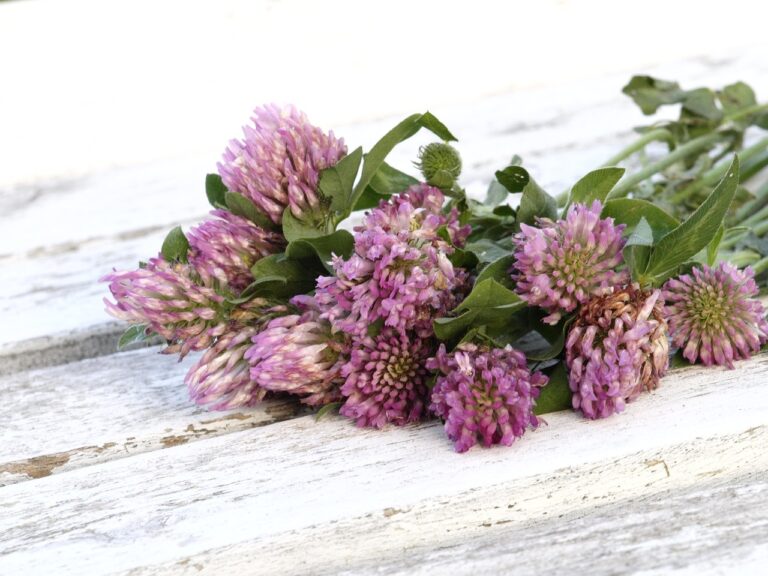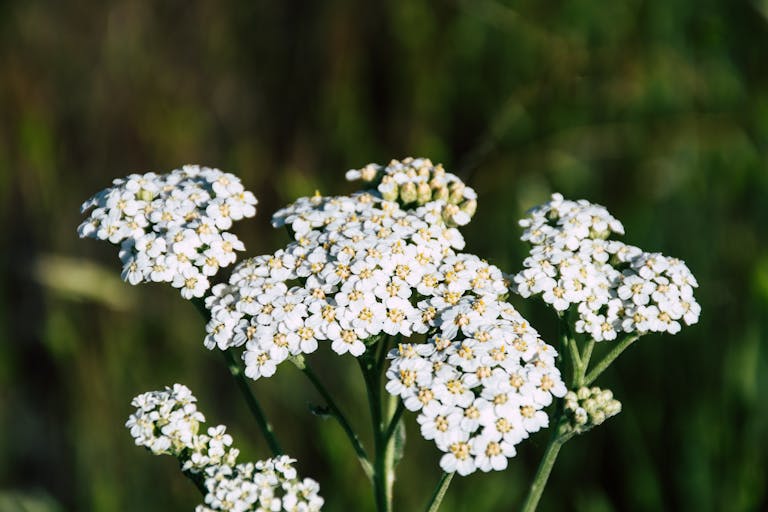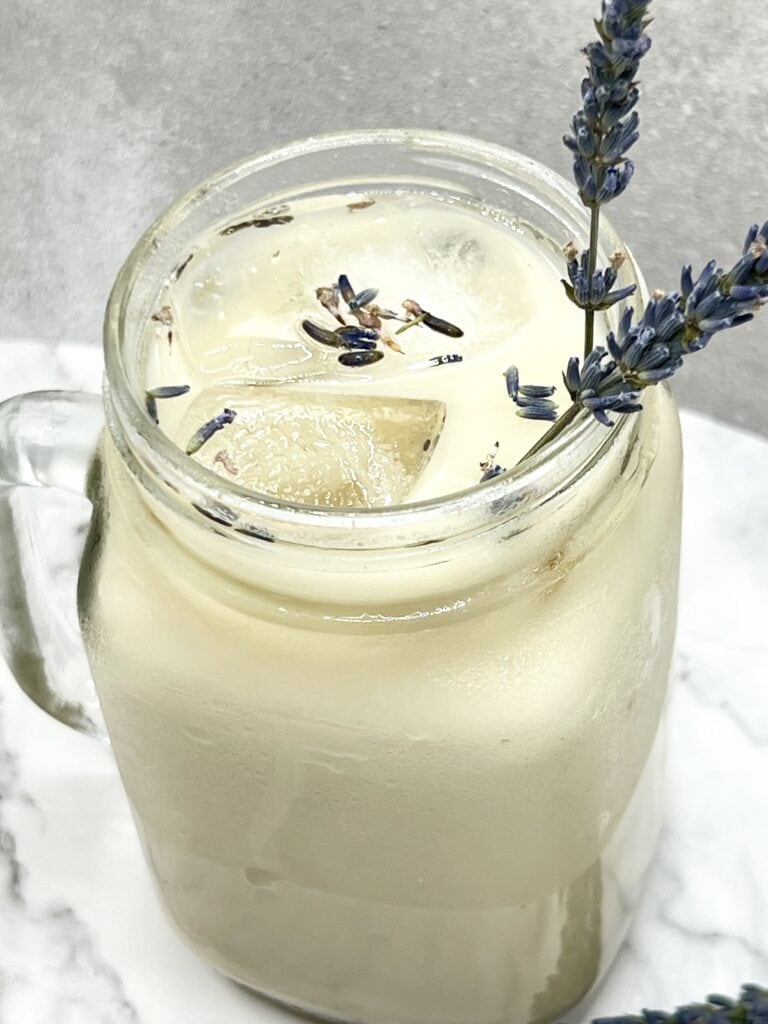Red Clover Tea Benefits: A Soothing Herbal Remedy
Nature has a way of offering gentle yet powerful remedies, and red clover tea is one of those humble herbs with a remarkable resume. Known for its sweet floral taste and vibrant pink blossoms, red clover (Trifolium pratense) has been used for centuries in traditional herbal medicine.
But modern interest in this herbal infusion is rapidly growing, especially among women seeking natural hormone support and those looking to detox gently and support overall well-being.
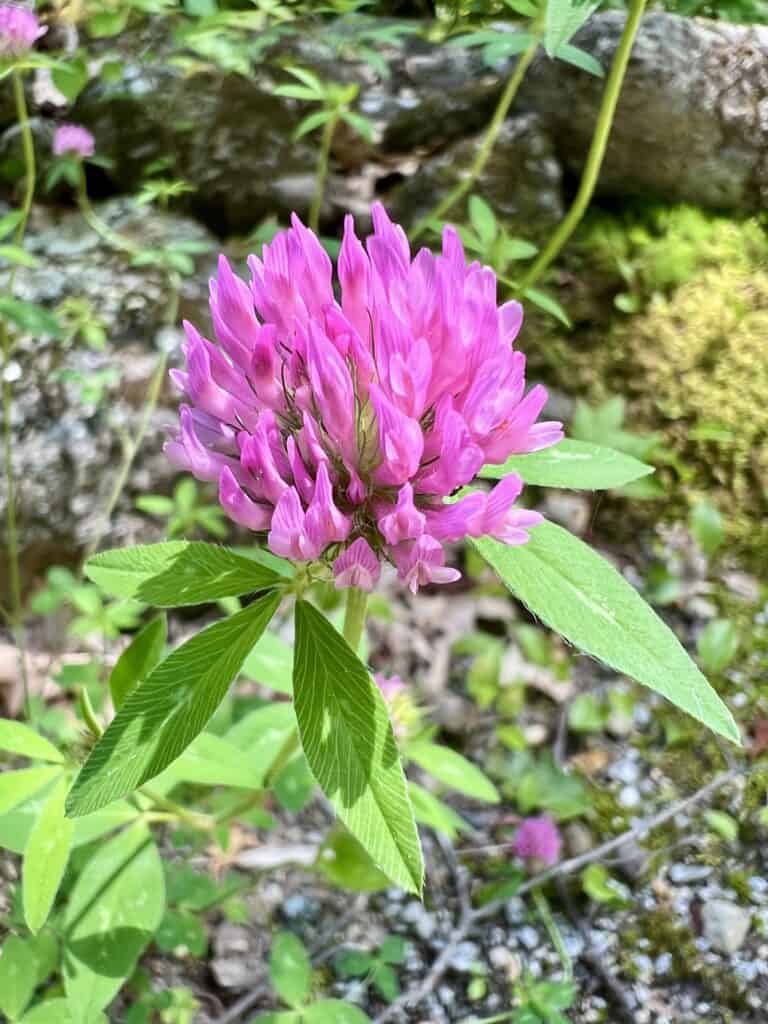
If you’ve been curious about the benefits of drinking red clover tea, this post will walk you through everything you need to know, from how it supports hormonal balance to its anti-inflammatory and skin-nourishing effects.
Let’s dive into the red clover tea benefits and explore why this flower deserves a place in your daily wellness.
What Is Red Clover?
Red clover is a flowering plant from the legume family, commonly found in meadows and pastures across North America and Europe.
While often overlooked as a wildflower or even a weed, red clover is a nutrient-rich herb used in traditional medicine.
Its blossoms are dried and brewed into a gentle herbal tea that carries a mild, slightly sweet flavor with earthy undertones, similar to chamomile, but with its own unique twist.
Top Red Clover Tea Benefits
Let’s take a closer look at the benefits of clover tea and why it’s considered one of the top herbal allies for natural healing.
1. Supports Hormonal Balance (Especially During Menopause)
One of the most celebrated benefits of drinking red clover tea is its ability to support hormonal health, particularly for women during perimenopause and menopause.
Red clover is rich in isoflavones, a type of phytoestrogen (plant-based estrogen) that can mimic the body’s natural estrogen. These compounds are believed to help:
- Reduce hot flashes and night sweats
- Ease mood swings and irritability
- Support bone health during hormonal shifts
Many women find this remedy gentle and a natural way to reduce discomfort during the menopausal transition.
2. Promotes Clear Skin from Within
Thanks to its blood-purifying and anti-inflammatory properties, red clover tea is often recommended for those dealing with acne, eczema, or other inflammatory skin conditions.
The detoxifying nature of red clover helps flush out toxins from the liver and lymphatic system, two organs closely tied to skin clarity. Drinking red clover tea regularly can result in:
- Reduced acne breakouts
- Calmer, less inflamed skin
- An overall healthier glow
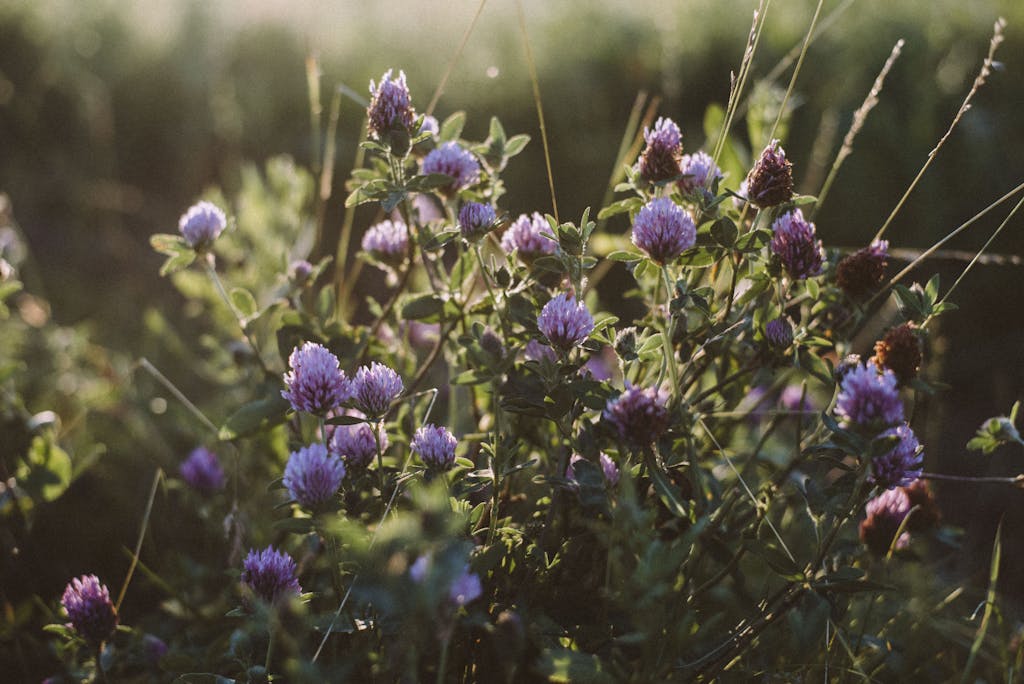
3. Supports Detox and Liver Health
One of the lesser-known but powerful benefits of clover tea is its support for liver function. Red clover contains compounds that may help the liver break down and eliminate toxins more efficiently.
It also promotes lymphatic drainage, which helps the body rid itself of excess waste and reduce swelling or puffiness. Many herbalists recommend red clover tea as part of a gentle seasonal detox regimen.
4. Improves Circulation and Heart Health
The isoflavones in red clover may also contribute to cardiovascular health. Some studies suggest they can help:
- Lower LDL (bad) cholesterol levels
- Improve blood vessel flexibility
- Reduce blood pressure
While more research is needed, these findings suggest that the benefits of drinking red clover tea may go beyond hormone support and help protect your heart as well.
5. Relieves Coughs and Respiratory Issues
Traditionally, red clover has been used as a natural remedy for coughs, bronchitis, and respiratory congestion. Its expectorant properties help loosen phlegm and soothe irritated airways, making it a wonderful herbal tea to reach for during cold and flu season.
6. Rich in Antioxidants and Nutrients
Red clover blossoms are full of beneficial nutrients and antioxidants, including:
- Calcium
- Magnesium
- Potassium
- Vitamin C
- Flavonoids and polyphenols
These compounds help fight oxidative stress, reduce inflammation, and support overall immunity—making red clover tea a smart addition to your wellness routine.
How to Harvest and Prepare Red Clover for Tea
If you’d like to take a more hands-on, homestead-style approach to your herbal tea, harvesting and preparing red clover yourself is a wonderful way to connect with nature and ensure quality tea.
Here’s how to harvest and prepare red clover blossoms for tea:
1. When to Harvest Red Clover
The best time to harvest red clover is late spring through early summer, when the blossoms are bright pink, full, and fragrant. Choose a dry day when the sun has evaporated the morning dew, this helps prevent mold during the drying process.
Look for:
- Vibrant pink or magenta flower heads
- Blossoms that are fully open but not browned or withered
- Healthy plants growing in pesticide-free meadows or yards
Tip: Avoid harvesting near roadsides or chemically treated areas, as red clover readily absorbs toxins from the soil.
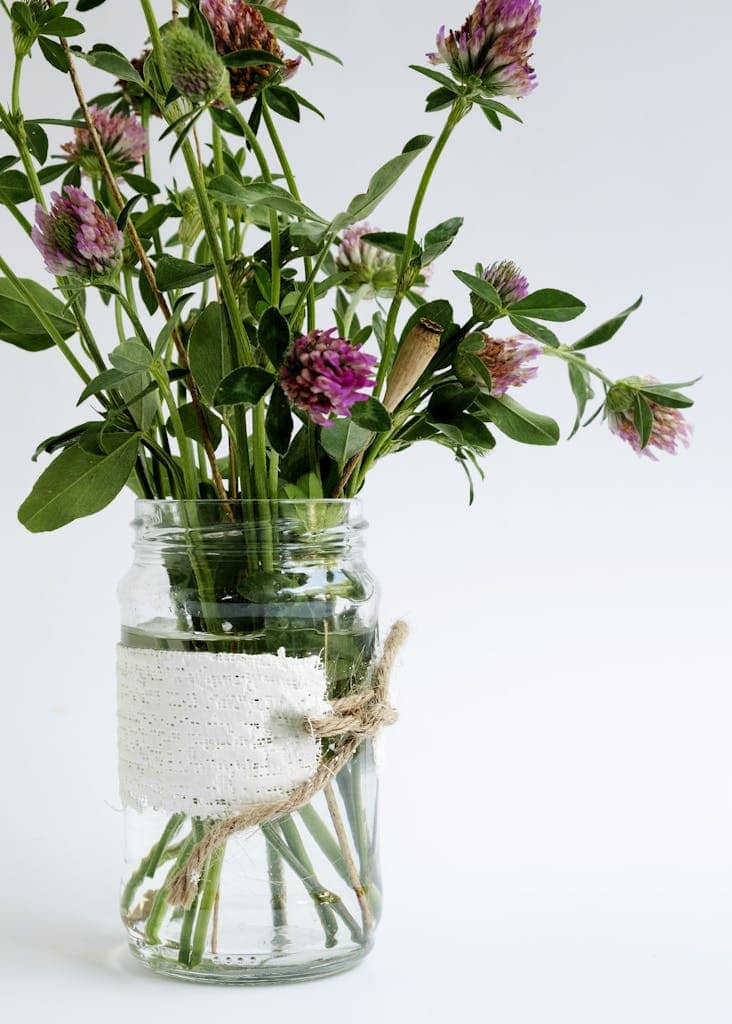
2. How to Harvest Red Clover Blossoms
Using clean scissors or garden snips, snip off the flower heads just above the top of the stem. You can also pinch them off with your fingers. Be gentle to avoid crushing the delicate petals.
Collect only as many as you need for the season or for a small batch of tea, you want to leave plenty behind for bees and reseeding!
3. How to Dry Red Clover for Tea
Drying is essential to preserve the flowers and prevent spoilage.
To dry red clover blossoms:
- Lay them in a single layer on a clean screen, mesh tray, or paper towel in a warm, dry, well-ventilated place away from direct sunlight.
- Let them air-dry for 5–7 days, or until the petals feel crispy to the touch and no moisture remains.
- Alternatively, you can use a dehydrator on the lowest setting (95–105°F) for a faster process. I personally like the dehydrator method, here is the one I use.
Once fully dried, the blossoms will shrink slightly and turn a muted shade of pink or purple.
4. How to Store Dried Red Clover
To keep your dried red clover fresh and potent:
- Store it in an airtight glass jar (mason jars work well)
- Keep the jar in a cool, dark place, like a pantry or cupboard
- Label it with the harvest date so you can use it within one year for best quality
Avoid plastic bags, which can trap moisture and encourage mold.
5. How to Prepare Red Clover Tea with Dried Blossoms
Now that you’ve harvested and dried your own tea, it’s time to brew!
Use:
- 1–2 teaspoons of dried red clover per 8 oz of hot water
- Steep for 10–15 minutes, covered to retain essential oils
- Strain and enjoy plain, or sweeten with honey if desired
This herbal tea is naturally caffeine-free and perfect for winding down in the evening or as a daily wellness boost.
How to Brew Red Clover Tea
Brewing a cup of red clover tea is simple and soothing. Here’s how:
Ingredients:
- 1–2 tsp dried red clover blossoms (or 1 tea bag)
- 8 oz hot water
Instructions:
- Place the dried blossoms in a tea infuser or teacup.
- Pour hot (but not boiling) water over the herbs.
- Steep for 10–15 minutes.
- Strain and enjoy!
You can add a bit of raw honey or lemon if you like. For maximum benefits, aim for 1–3 cups daily, depending on your health goals and needs.
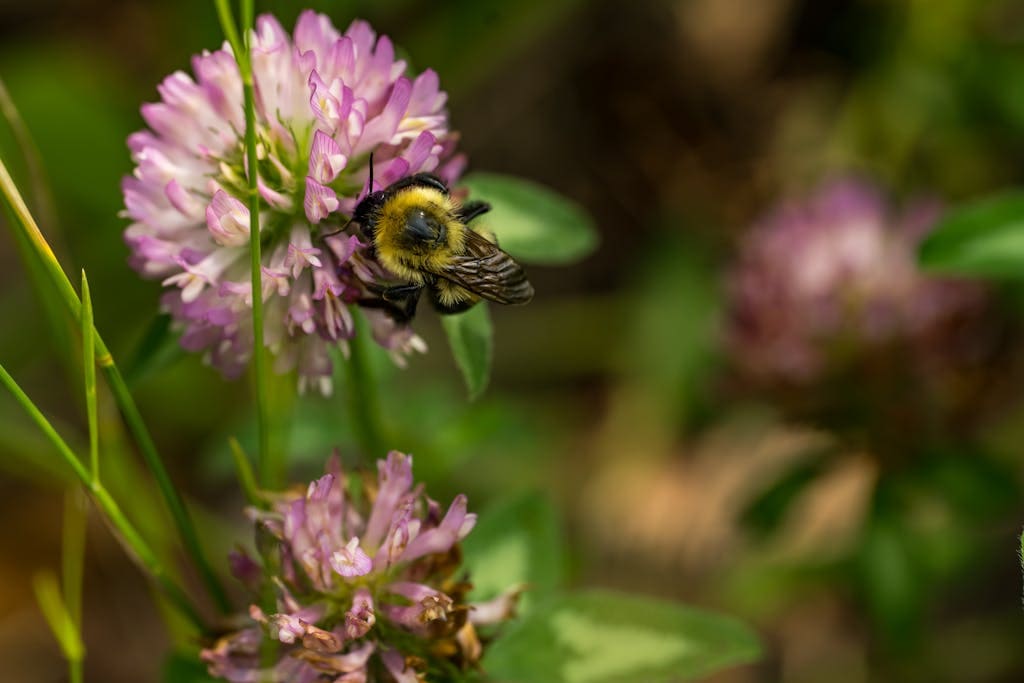
Who Is Red Clover Tea Best For?
Red clover tea is especially beneficial for:
- Women going through perimenopause or menopause
- Those with acne-prone or inflamed skin
- Individuals looking to support detox and liver health
- Anyone wanting a gentle, nutrient-rich herbal tea
However, like all herbs, red clover isn’t for everyone. Let’s cover some important FAQs below.
FAQ: Red Clover Tea Benefits & Safety
What are the benefits of drinking red clover tea?
The benefits of drinking red clover tea include hormone balance support (especially during menopause), clearer skin, liver detox support, cardiovascular benefits, and respiratory relief. It’s also rich in antioxidants and may help reduce inflammation in the body.
Who should not drink red clover tea?
While red clover tea is generally safe in moderation, it should be avoided by:
- Pregnant or breastfeeding women
- Those with estrogen-sensitive conditions (like certain cancers)
- People taking blood thinners or hormone medications
- Anyone scheduled for surgery (stop at least 2 weeks beforehand)
Always consult your healthcare provider before starting any new herbal regimen, especially if you have health conditions or are on medication.
Can I drink red clover every day?
Yes, red clover tea can typically be consumed daily, especially when used in moderation (1–3 cups per day). It’s best to take short breaks every few weeks if used long-term.
What does red clover do to hormones?
Red clover contains phytoestrogens, which mimic the body’s natural estrogen. These compounds can help balance hormone levels in women, especially during menopause, by gently increasing estrogen-like activity. However, this also means it may interact with hormonal conditions or medications, so caution is warranted in those cases.
Final Thoughts: Is Red Clover Tea Right for You?
If you’re looking for a soothing, floral herbal tea that does more than taste good, red clover tea might just be your new favorite. From easing hormonal shifts to supporting detox and glowing skin, it’s a multipurpose plant ally with a long history of use.
Just be sure to source organic, properly dried red clover blossoms for the best results, and listen to your body. Herbal remedies like this work gently and over time, supporting balance rather than forcing quick fixes.
Disclaimer:
This post is for informational and educational purposes only and is not intended to be a substitute for professional medical advice, diagnosis, or treatment. I am not a licensed healthcare provider. Always seek the guidance of your physician or other qualified health professionals with any questions you may have regarding your health or a medical condition. Never disregard professional medical advice or delay seeking it because of something you have read on this blog.
Try This Next
If you’re interested in red clover tea, you might also enjoy making your own lavender tea or dandelion tea at home, both of which offer incredible wellness benefits and pair beautifully with red clover in herbal blends.
And if you’re curious about sweetening your herbal tea naturally, don’t miss my lavender syrup for coffee recipe, it’s not just for lattes!
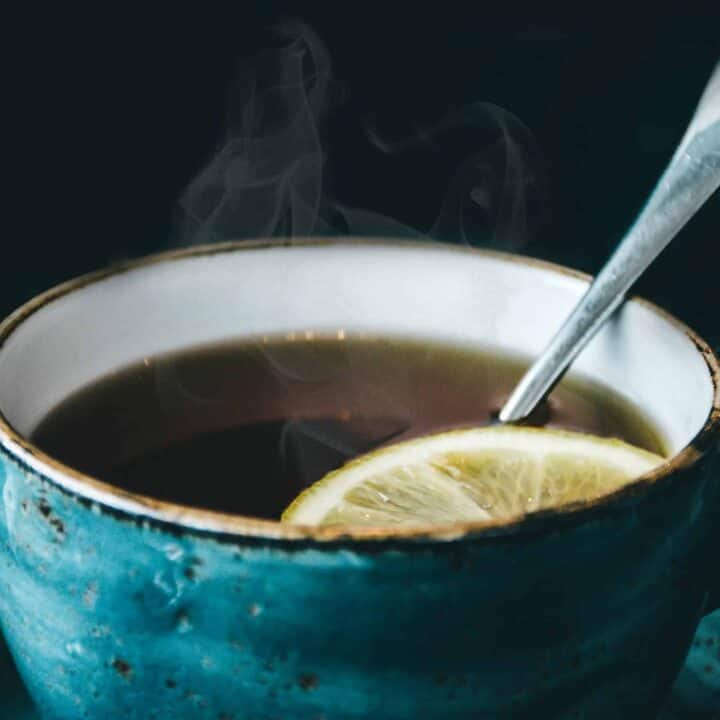
Red Clover Tea
A gentle herbal tea for hormone support, clear skin, and natural detox.
Ingredients
- 1–2 tsp dried red clover blossoms (or 1 tea bag)
- 8 oz hot water
- Optional: raw honey or lemon, to taste
Instructions
- Place dried red clover blossoms in a tea infuser or tea bag.
- Pour 8 oz of hot (not boiling) water over the blossoms.
- Cover and steep for 10–15 minutes.
- Strain and enjoy warm.
- Add honey or lemon if desired.
Notes
Recommended Products
As an Amazon Associate and member of other affiliate programs, I earn from qualifying purchases.
Nutrition Information
Yield 1 Serving Size 1Amount Per Serving Calories 88Total Fat 0gSaturated Fat 0gTrans Fat 0gUnsaturated Fat 0gCholesterol 0mgSodium 12mgCarbohydrates 25gFiber 2gSugar 19gProtein 1g
Nutrition information is automatically calculated, so should only be used as an approximation.




